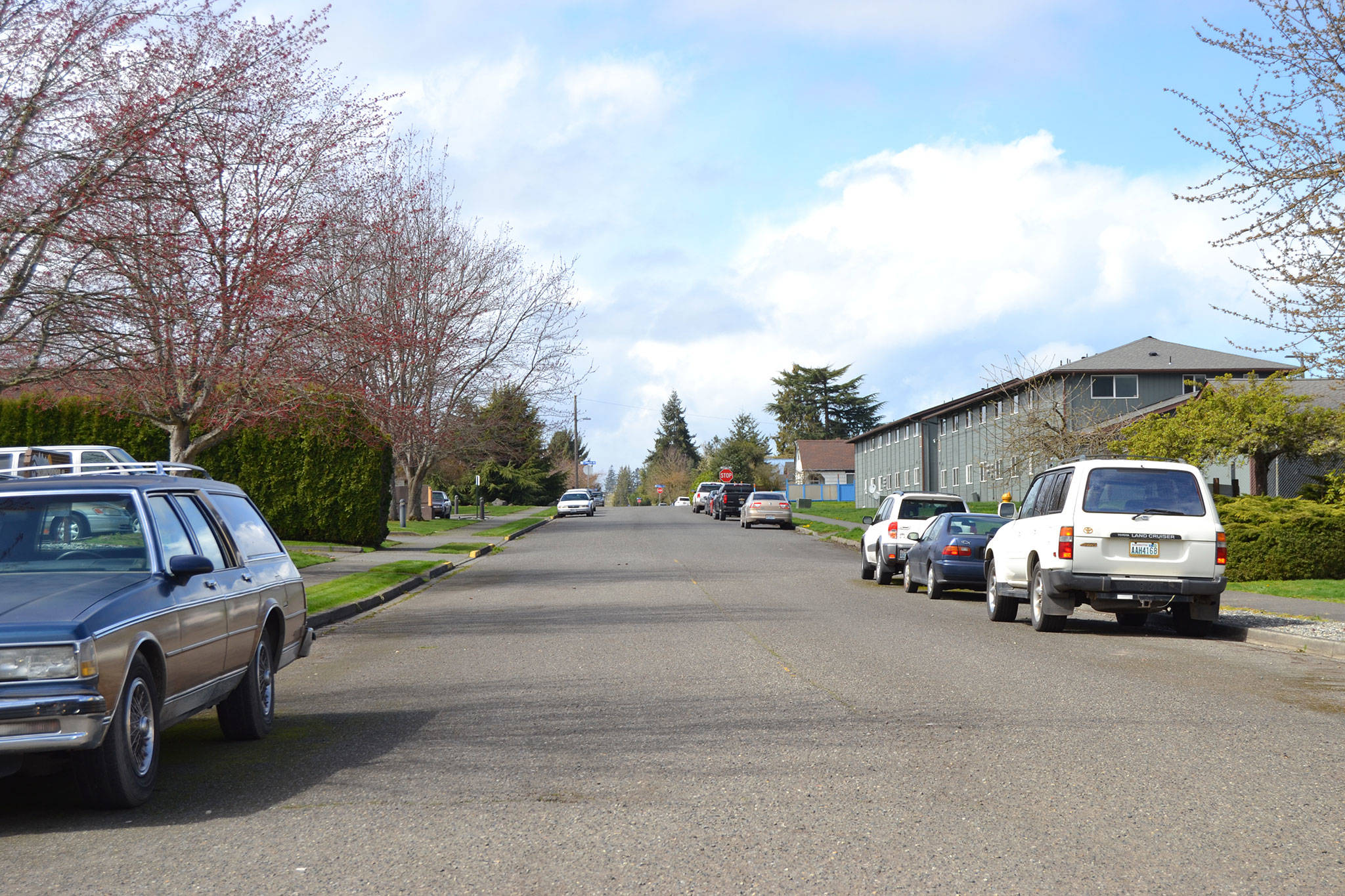Funding won’t be coming through quite as planned for projected work on Prairie Street.
Sequim’s Public Works director David Garlington told city councilors on Sept. 24 that a $1 million, 20-year loan from the state’s Department of Commerce Public Works Board they agreed upon for pre-construction work to revitalize and extend Prairie Street had a catch the city wasn’t willing to take on.
“It’s a story of making sure you read all the fine print,” he said.
The contract states the city needed 30 percent of funds for construction on Prairie Street secured within the two-year loan draw period, which city staff estimated at about $1 million.
Garlington said the loan would have helped city staff determine preliminary design work, purchase right-of-way, and help provide more specifics about the costs.
“We still have to go get construction money,” he said.
Planning for Prairie Street improvements dates back to multiple city plans including the 2015-35 Comprehensive Plan, Transportation Master Plan and its Six-Year Capital Improvement Plan.
One key piece for construction is congestion.
City Planner Matt Klontz previously said Washington Street is at capacity for traffic in mid-day, so drivers need an east-west alternative such as Prairie Street.
“Washington street is very busy,” Garlington said on Sept. 24. “We’d like to take some of the pressure of that and facilitate movement similarly on Cedar, Fir and Spruce (streets) north off Washington.”
City staff said some other reasons for the project include helping connect two Economic Opportunity Areas near US Highway 101, and helping to revitalize the street for homeowners and pedestrians.
As part of the discussion on Sept. 24, city councilors unanimously agreed 7-0 to decline the application.
Ted Miller and other city councilors voiced their disapproval of the project slowing down, while Candace Pratt and others asked why the process for a loan was becoming more difficult to achieve.
Pratt said it was unusual to set aside 30 percent for construction costs and suggested speaking to state representatives, about the regulations.
Mayor Dennis Smith asked Garlington if situations like this were going to become a regular occurrence for future loans.
“That’s a question we’re going to answer as we go forward,” Garlington said. “If this is going to be part of loan-making, then there’s a flaw in it, and we need to pursue it with our lawmakers.”
Public outreach
Garlington said the city had designated about $300,000 along with the $1 million loan for the pre-construction phase of the project and despite declining the loan they’ll move forward with public outreach.
He said they’ll take about $100,000 in Real Estate Excise Tax and Transportation Benefit District funds to pursue public engagement, which includes route identification and developing street design cross-section.
“It’s still a project we feel is a good, viable project,” Garlington said. “There’s a lot of interest in it, and a lot of concerns from the community.”
Part of that canvassing, he said, includes getting community members’ ideas on routes, discussing concerns, and obtaining preliminary engineering ideas from that.
Klontz said that without a two year timeline, city staff can “make sure to have a very thoughtful public engagement.”
As for future loans and grants through the Department of Commerce, Garlington said he was in discussion with its staff and declining the loan wouldn’t affect future applications.
For more information on Prairie Street, contact the City of Sequim’s Public Works Department, 152 W. Cedar St., at www.sequimwa.gov or 360-683-4908.
Reach Matthew Nash at mnash@sequimgazette.com.


